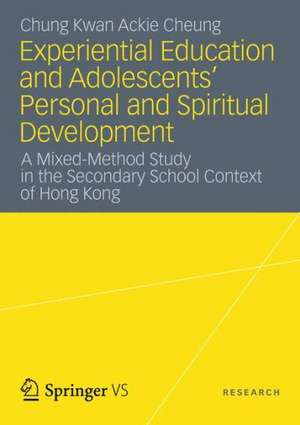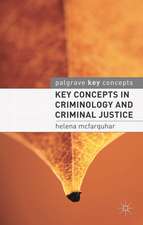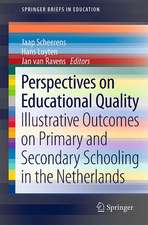Experiential Education and Adolescents’ Personal and Spiritual Development: A Mixed-Method Study in the Secondary School Context of Hong Kong
Autor Chung Kwan Ackie Cheungen Limba Engleză Paperback – 4 oct 2012
Preț: 381.98 lei
Nou
Puncte Express: 573
Preț estimativ în valută:
73.09€ • 76.32$ • 60.36£
73.09€ • 76.32$ • 60.36£
Carte tipărită la comandă
Livrare economică 15-29 aprilie
Preluare comenzi: 021 569.72.76
Specificații
ISBN-13: 9783531185750
ISBN-10: 3531185756
Pagini: 206
Ilustrații: 206 p.
Dimensiuni: 148 x 210 x 20 mm
Greutate: 0.27 kg
Ediția:2013
Editura: Springer Fachmedien Wiesbaden
Colecția Springer VS
Locul publicării:Wiesbaden, Germany
ISBN-10: 3531185756
Pagini: 206
Ilustrații: 206 p.
Dimensiuni: 148 x 210 x 20 mm
Greutate: 0.27 kg
Ediția:2013
Editura: Springer Fachmedien Wiesbaden
Colecția Springer VS
Locul publicării:Wiesbaden, Germany
Public țintă
ResearchCuprins
Literature review and clarification of research question. - Methodology and methods of data collection. - Findings and interpretation: Case record in layers.
Notă biografică
Chung Kwan Ackie Cheung has engaged in the work of pastoral care, teaching, counseling and adventure activities since 1999. At present, she continues teaching courses in Hong Kong at various welfare organizations and universities.
Textul de pe ultima copertă
Adventure-based programs have become prevailing in the schools in Hong Kong. Due to the little empirical examination to the frequent use of experiential education, Chung Kwan Ackie Cheung uses mixed methods to establish its first phenomenal picture, addressing the scale of the use of experiential education and the impact of it on adolescents’ development with regard to the globalizing phenomenon of Hong Kong. The findings show that experiential education, esp. adventure-based program, has been widely-spread and there is positive impact in the specified aspects self-concept, self-efficacy, learning climate and spiritual dimension of its adolescent learners.
Caracteristici
A mixed-method study in the secondary school context













